Ask AI on The Internet
Question: Gatsby: his dreams, his attempts to accomplish those dreams, his/her reasons for failure, and the message that Fitzgerald might be communicating through this failure.
In F. Scott Fitzgerald's novel "The Great Gatsby," Jay Gatsby is a character whose life is defined by his dreams, relentless pursuit of those dreams, and ultimately, his tragic failure. Let's explore each aspect of Gatsby's complex journey: ### Gatsby's Dreams Jay Gatsby's primary dream is to recreate an idealized past and win back the love of Daisy Buchanan. This dream is rooted deeply in a romanticized vision of who Daisy is and what she represents: wealth, status, and a bygone time of innocence and possibility. Gatsby envisions a perfect future with Daisy, believing that he can relive the past and that Daisy, too, has been waiting for their reunion. ### Attempts to Accomplish Dreams To make his dreams a reality, Gatsby amasses a fortune through dubious means, including illegal activities like bootlegging during Prohibition. He purchases a lavish mansion in West Egg, throws extravagant parties hoping Daisy will attend, and cultivates an image of success and sophistication. Gatsby's entire identity and lifestyle are orchestrated to attract Daisy's attention and to reclaim their lost love. ### Reasons for Failure 1. **Idealization of the Past:** One of Gatsby's gravest errors is his belief that he can recreate the past. He fails to recognize that time has changed both himself and Daisy. His dream is fundamentally flawed because it is based on an illusion. 2. **Daisy's Reality:** Daisy is not the idealized figure Gatsby believes her to be. She is deeply flawed, materialistic, and ultimately too comfortable in her own life to make the drastic changes Gatsby envisions. Daisy's inability to fully commit to Gatsby and leave her husband, Tom Buchanan, highlights the insurmountable gap between Gatsby's dream and reality. 3. **Illusion of the American Dream:** Gatsby embodies the American Dream's promise of self-made success, but his story reveals the darker side of this dream. His wealth is tainted by criminality, and his pursuit of materialism and status leads to moral corruption and social isolation. 4. **Social Class Divide:** The rigid class divisions of the Jazz Age present another obstacle. Despite his wealth, Gatsby never fully integrates into the old-money world of East Egg, represented by characters like Tom and Daisy Buchanan. His new-money status is a permanent barrier. ### Fitzgerald's Message Through Gatsby's failure, Fitzgerald communicates several key messages: 1. **Illusory Nature of the American Dream:** Fitzgerald critiques the idea that anyone can achieve wealth and happiness purely through hard work and determination. Gatsby's story illustrates how the pursuit of wealth can lead to moral decay and the destruction of one's values and integrity. 2. **The Futility of Recapturing the Past:** Gatsby's tragic flaw is his obsession with the past. Fitzgerald suggests that living in the past is not only impossible but also destructive. Memories are unreliable, and idealizing the past can prevent one from living in the present and moving forward in life. 3. **Moral and Social Critique:** The novel condemns the shallow, materialistic nature of the upper class and their lack of responsibility. Characters like Tom and Daisy are portrayed as careless people who cause harm to others without facing any consequences themselves. 4. **Isolation and Alienation:** Gatsby's journey reveals the loneliness that can accompany the pursuit of a dream. Despite his wealth and social status, Gatsby remains isolated, misunderstood, and ultimately alone. This underscores the hollow nature of purely material success. In summary, Gatsby's dreams, efforts, and ultimate failure convey a powerful critique of the American Dream and the dangers of idealizing the past. Fitzgerald's "The Great Gatsby" encourages readers to reflect on the true sources of value and meaning in life, beyond wealth and status.
Think your answer is better than the AI's? Post it below.
Other Most Relevant Posts:
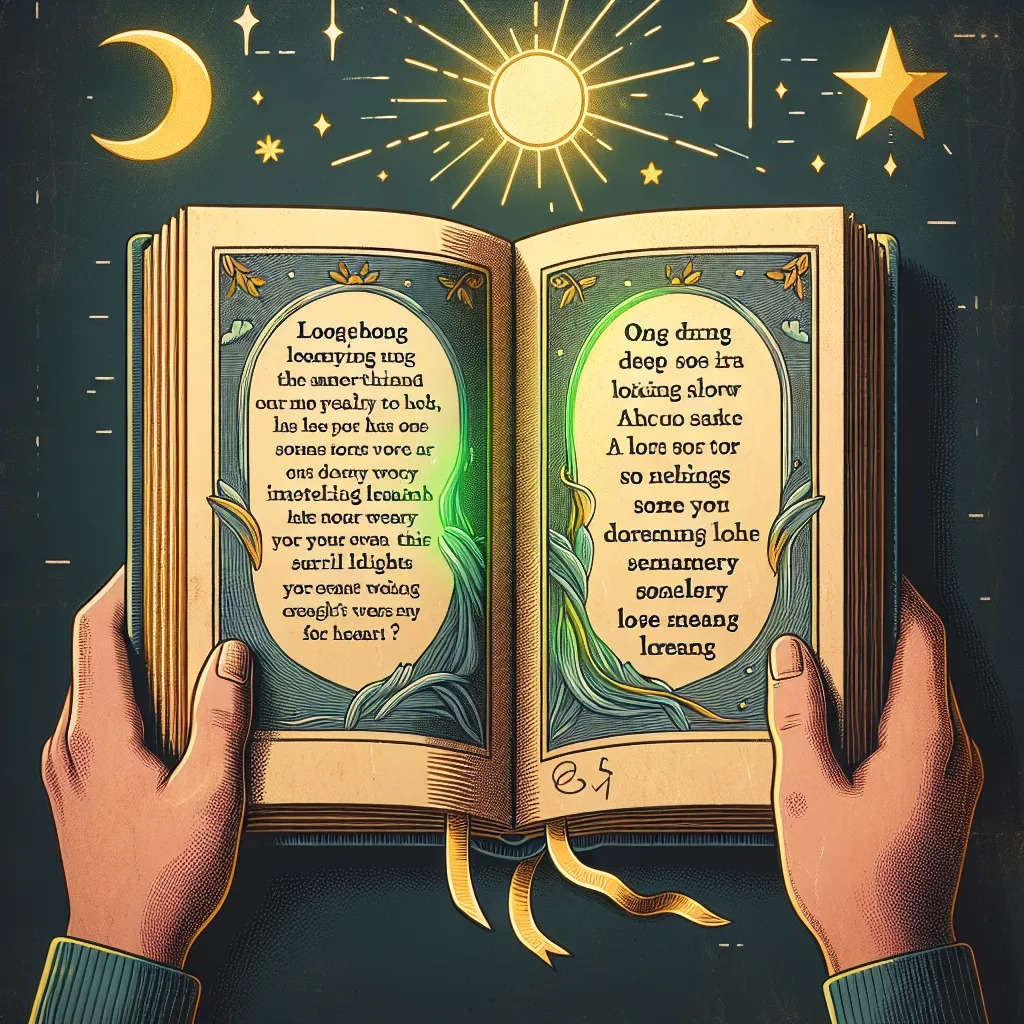 Ask AI: what message is the author trying to communicate through Gatsby's failure to win over Daisy. With quotes
Ask AI: what message is the author trying to communicate through Gatsby's failure to win over Daisy. With quotes
 Decadence and Division: Exploring Moral Decay and Social Fragmentation in *The Great Gatsby* and Today’s Political Landscape
Decadence and Division: Exploring Moral Decay and Social Fragmentation in *The Great Gatsby* and Today’s Political Landscape
Question Tags
If you want your question answered by an AI, click here.

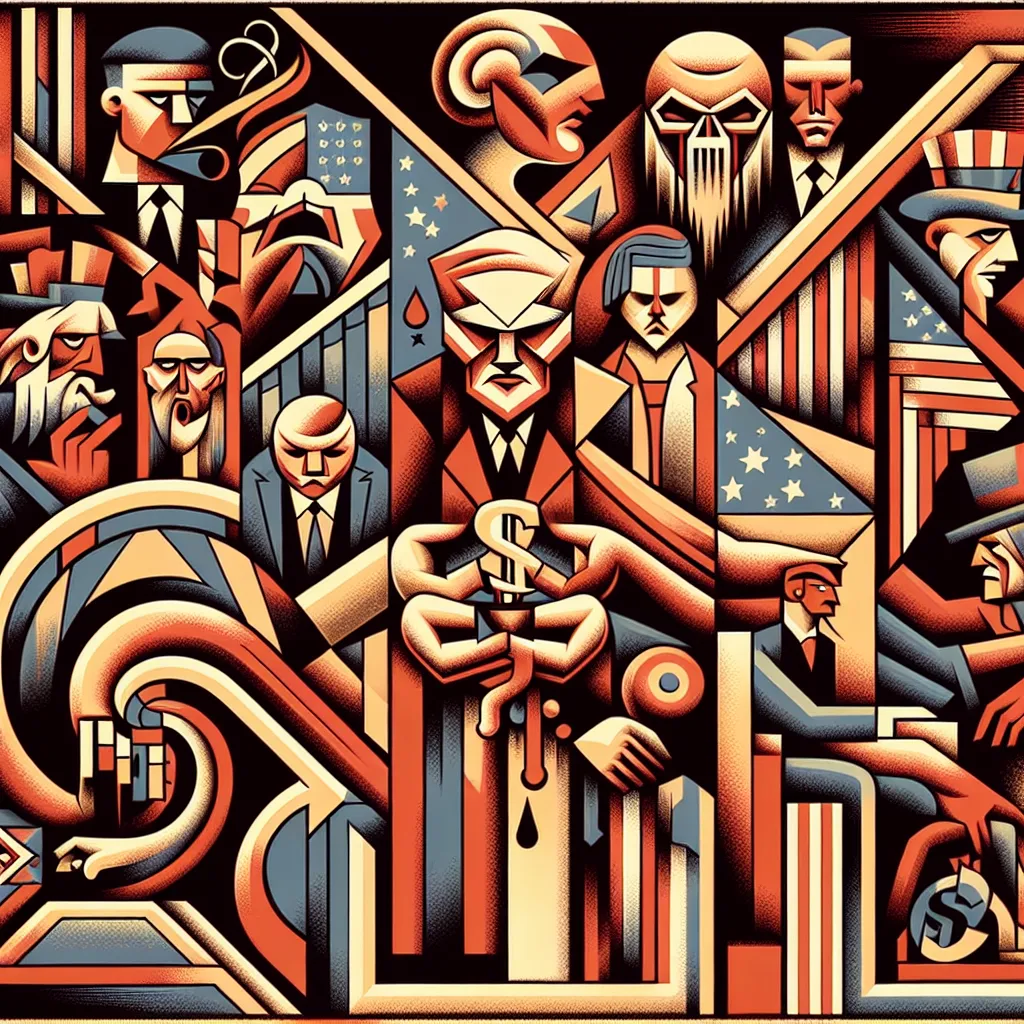
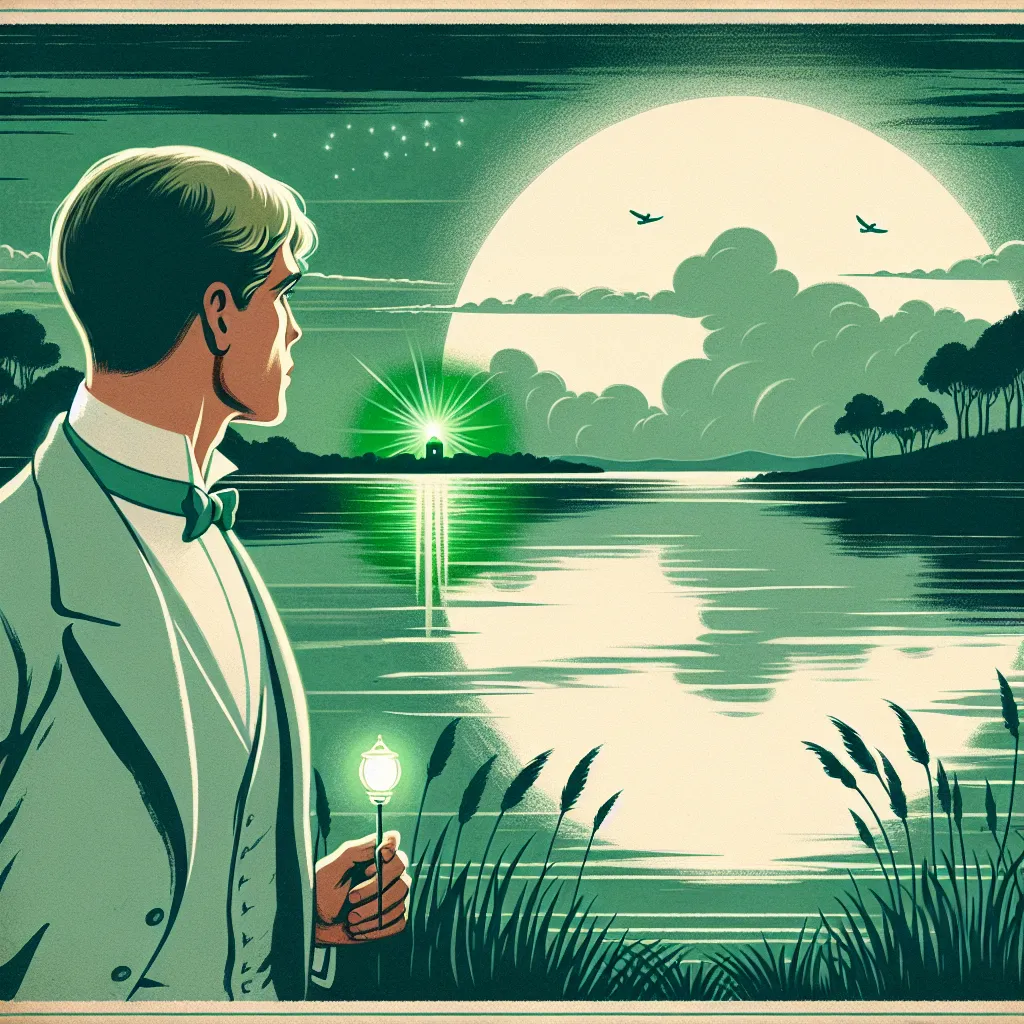
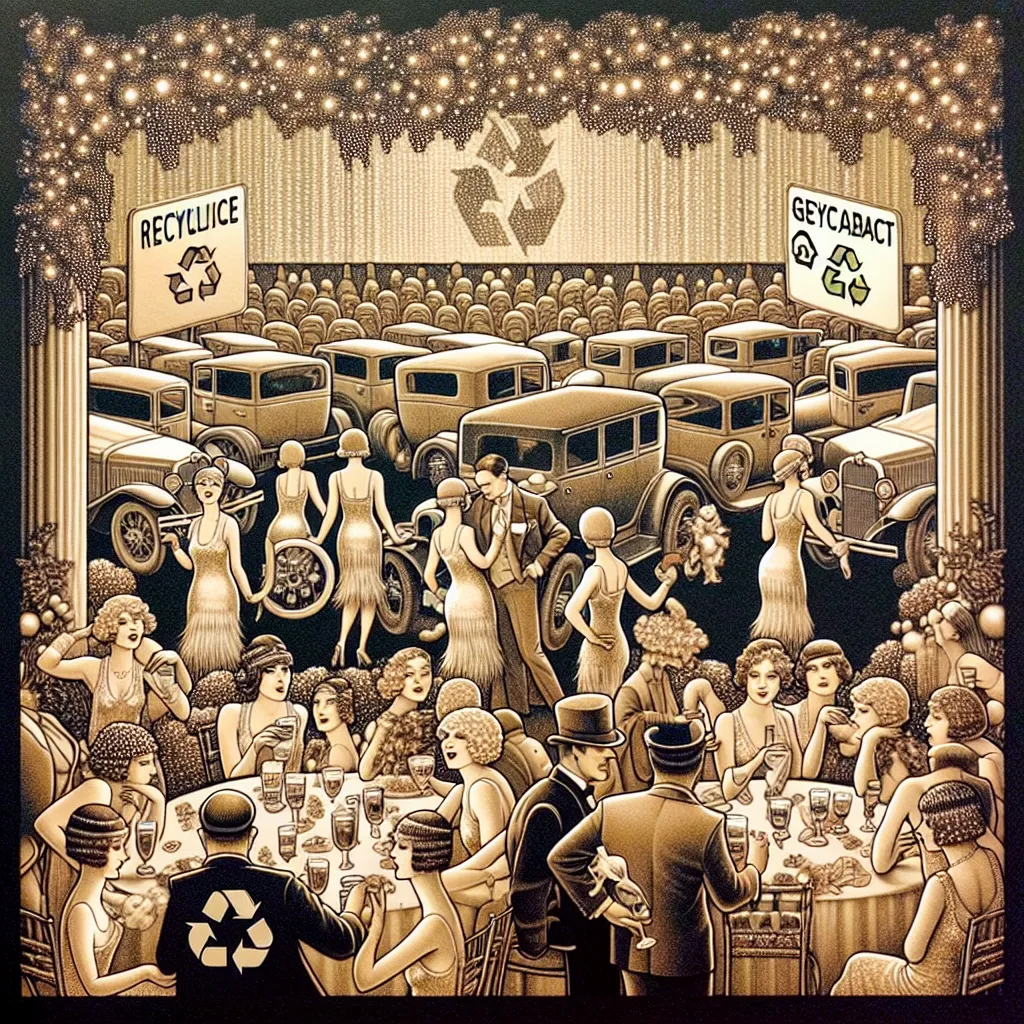
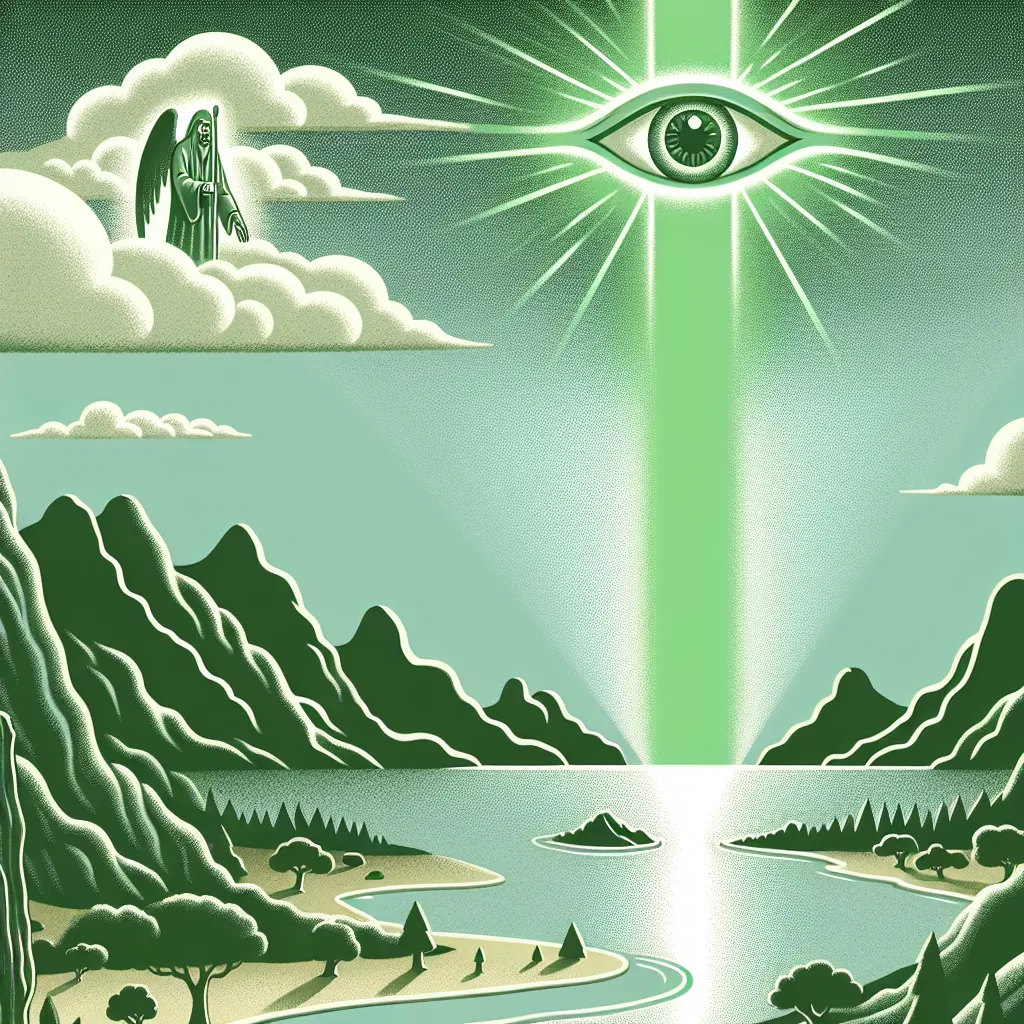
Post your own comment: